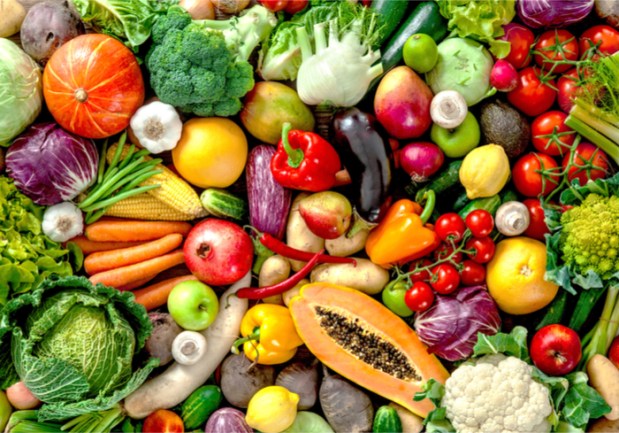Growing A Meal Kit Service With A Distributed Farming Network

As a backyard gardener and entrepreneur, Yogesh Sharma was struck by a thought: Why is more food not grown locally? After moving to Austin, Texas, Sharma noticed the area had big yards and discovered that the region has rich soil that was fantastic for growing food most of the year.
And yet, he realized, not a lot of farming was taking place. Sharma drew a parallel between the way solar energy is produced and the way that produce could be grown: The solar industry allows people to generate electricity through panels on rooftops and sell the excess electricity to the grid. He wondered if a similar model could be applied to farming.
At the same time, Sharma learned that his new neighbors weren’t turning to local farmers and producers all that much: Less than 1 percent of the food consumed in Austin was actually grown or raised around Austin. (And sadly, he said, that applies to most parts of the country besides California.) But why? There didn’t appear to be an explanation from an agriculture perspective.
“There is no reason, no natural resources kind of a reason for most of the country that is connected to it,” Sharma, who is co-founder and CEO of Lettuce, recalled at the time in an interview with PYMNTS. “It’s all about economics.”
Sharma decided to take the business model from the solar industry and apply it to a network of distributed farms. Some of those farms the company manages itself, while others are run by homeowners who grow and supply produce to the company. In other cases, some of Lettuce’s produce comes from local farms that one might see at a farmer’s market.
But after figuring out the farming network, Sharma was faced with another challenge: What to do with all that produce? After considering making a CSA farm share box or selling the products to farm-to-table restaurants, the company settled on meal kits.
The Logistics Network
To start the logistics process for the meal kits made with local produce, food arrives at Lettuce’s central facility in one of two ways: Larger producers deliver the produce themselves directly to Lettuce, while the smaller farms have their produce picked up along a route. Produce is then washed and pre-portioned for recipes that chefs have created, and then the kits are sent out to customers. Beyond the kits, the company also offers boxes of fresh vegetables.
For logistics, Lettuce doesn’t rely on a fleet of trucks: Instead, it uses a ridesharing-style delivery system. Sharma said the company built its own “on-demand application, sort of like Uber” for its drivers. The system can convey to drivers the location and time of the deliveries, and the customer can also track deliveries. The deliveries can be marked as complete through the system, and Lettuce uses Stripe for payments.
Lettuce was originally geared toward families, offering a kid’s choice. That focus, however, came with a bit of a disadvantage, as many busy younger professionals could likely be early adopters. The company had heard that some customers with one- or two-person households loved the service, but the deliveries provided more produce than they needed. In response, Lettuce is in the process of rolling out a two-person plan to help serve customers who want smaller deliveries.
Keeping a Low Churn Rate
For its meal kit business, Sharma is well aware of the challenge of churn – the idea that some consumers who sign up for subscription services will cancel. In contrast to some meal kit providers who struggle with churn rates of more than 70 percent, Sharma claims that Lettuce has a churn rate of between 20 to 25 percent over six months.
Why are those customers leaving? Customers might cancel when they move away, or just note that the current plan offerings (before the two-person plan is rolled out) provide too much produce for their households. To help avoid a higher churn rate, Sharma avoids offering large discounts to potential customers, as he believes they might end up cancelling after the deal is over. However, Lettuce does offer incentives to bring on new customers through a referral program.
Overall, Sharma said that multiple factors led to an environment where a service like Lettuce could grow. “Technology has a big piece to play, because logistics are getting easier,” Sharma explained. At the same time, across the U.S., “there is generally [an] upward trend of being more aware of where your food is coming from and how was grown or raised.”
While Sharma said that preference is starting with environmentally conscious people first, it could become more mainstream in the future. Will more homeowners, consumers and businesses join a network of farms? Lettuce may be nurturing the idea, but future harvests will tell.